For the past two decades, luxury hotels, malls, and residential buildings in Dubai have followed a very similar design formula. Most of them include grand entrances that feel impressive from the moment you arrive. Inside, the lobbies are usually filled with large marble surfaces, polished floors, and dramatic lighting. Gold accents are also common, giving many spaces a sense of luxury and glamour. Because these elements are repeated in so many projects, buildings in Dubai often feel connected to each other, no matter when they were built. A hotel from the early 2000s can look surprisingly similar to one finished last year. This creates a strong visual continuity across the city and gives Dubai a recognizable architectural identity that has stayed consistent over time.
- Home
- Articles
- Architectural Portfolio
- Architectral Presentation
- Inspirational Stories
- Architecture News
- Visualization
- BIM Industry
- Facade Design
- Parametric Design
- Career
- Landscape Architecture
- Construction
- Artificial Intelligence
- Sketching
- Design Softwares
- Diagrams
- Writing
- Architectural Tips
- Sustainability
- Courses
- Concept
- Technology
- History & Heritage
- Future of Architecture
- Guides & How-To
- Art & Culture
- Projects
- Interior Design
- Competitions
- Jobs
- Store
- Tools
- More
- Home
- Articles
- Architectural Portfolio
- Architectral Presentation
- Inspirational Stories
- Architecture News
- Visualization
- BIM Industry
- Facade Design
- Parametric Design
- Career
- Landscape Architecture
- Construction
- Artificial Intelligence
- Sketching
- Design Softwares
- Diagrams
- Writing
- Architectural Tips
- Sustainability
- Courses
- Concept
- Technology
- History & Heritage
- Future of Architecture
- Guides & How-To
- Art & Culture
- Projects
- Interior Design
- Competitions
- Jobs
- Store
- Tools
- More
Dubai: Changing on the Surface, Same at the Core
Dubai is known for rapid growth and futuristic skylines, yet its architecture remains defined by a stable identity of luxury minimalism, symmetry, and iconic forms. This article explores how climate, tourism, and branding shape Dubai’s seemingly ever-changing but fundamentally consistent architectural character.
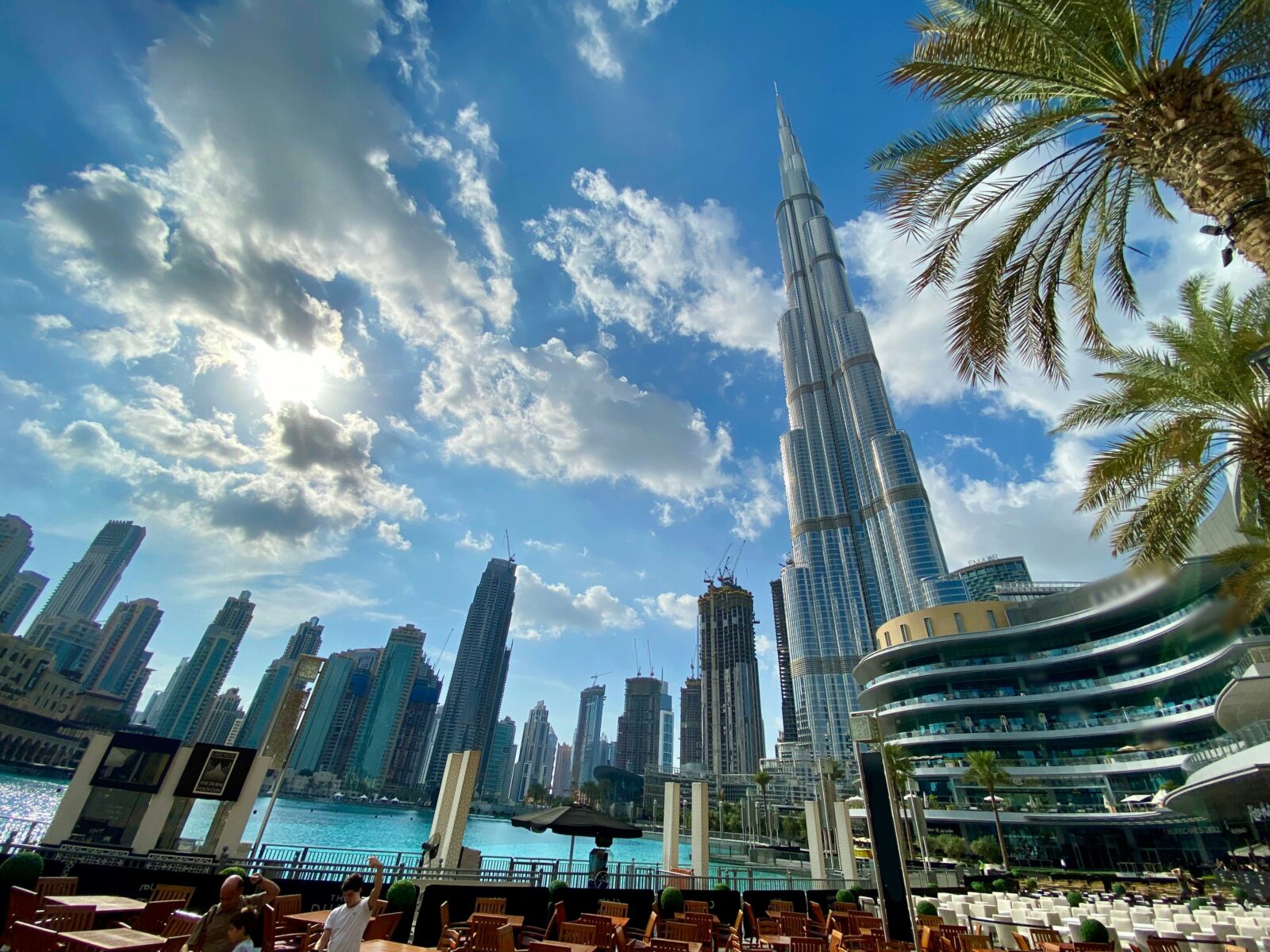
Dubai is often seen as a city that never stops changing. New towers rise every year, futuristic hotels open, and the skyline grows taller and brighter. From the outside, it looks like a place that is always reinventing itself. But when we look more closely, we see something different. Even though Dubai keeps building and expanding, its architectural style stays almost the same. The city follows a familiar formula: glass towers, luxury interiors, grand entrances, and iconic shapes designed to impress. Dubai is branded as fast-changing, yet its architectural language has started forming a stable identity luxury minimalism, reflective facades, tall silhouettes, and similar color palettes. Climate, tourism, and branding also push architects to repeat similar ideas again and again in this popular city. In this article, we’ll explore how Dubai can appear so dynamic while keeping stable architectural identity at its core.
Table of Contents
ToggleFrom Oasis Town to Global Symbol
When we look at the silhouette of the city, behind Dubai’s futuristic skyline there is actually a very stable way of designing buildings. Most projects follow the same ideas: very large scale, clean symmetry, and luxury interiors for decades. These choices are not just trends or fashion, they are mainly responses to the extreme climate, which shapes how the city builds and grows.We can say that the decisions made in the city’s structure were based on the desert climate. However, these choices could come up with innovative and improved designs, but most of them contain the same ideas and remain with fixed features without any innovation.
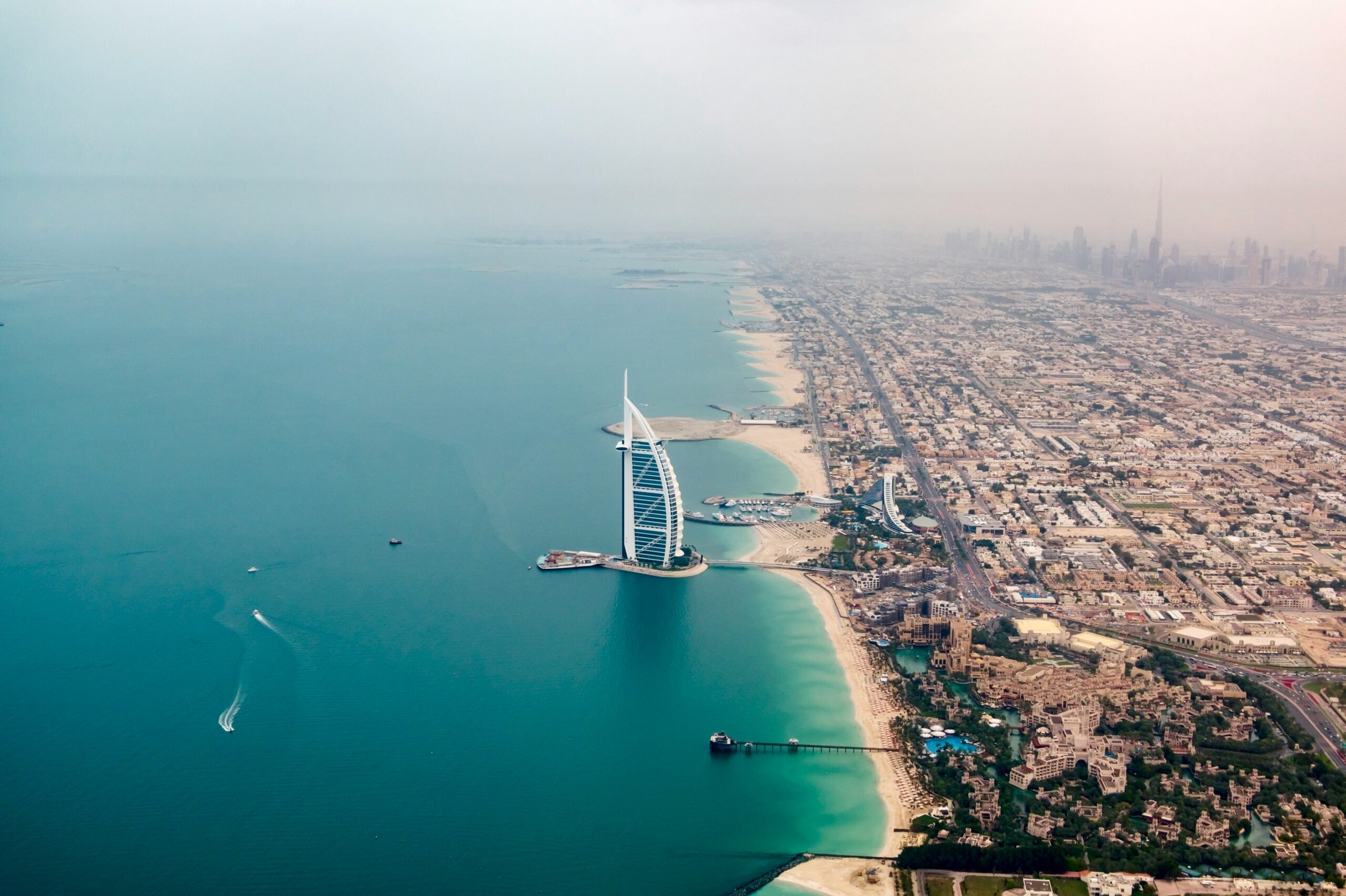
Icon Buildings That Set a Template
Dubai is certainly a city where many successful projects have been built. There are iconic structures in particular that shape contemporary architecture in UAE. Projects like the Burj Al Arab, Atlantis, and Emirates Towers are among these iconic structures, creating archetypes that many subsequent projects have emulated. These icons form the “never-changing” backbone of the city’s aesthetic. Change proceeds by multiplying the skyline, and in this city with abundant resources, ideas proliferate without being supported by new technologies and sustainable innovations.

The Persistence of Luxury Aesthetics

Dubai’s Architecture Powered by Tourism
In Dubai, most projects are designed to create a strong visual impact right away in touristic purpose. The goal is to impress, surprise, and attract attention rather than to slowly develop over time. Because of this, architects often choose bold shapes, dramatic forms, and designs that look instantly iconic and “Instagrammable” in photos!
Dubai presents itself as a city of constant change, with new towers, islands, and attractions appearing every year. But when we look beyond the excitement, we see a stable and consistent identity that has shaped the city for decades. However we should accept that this mix of fast growth and steady design choices is what makes Dubai unique itself. The city changes on the surface, yet its core architectural character remains the same. And perhaps this balance is the secret behind Dubai’s global appeal: a place that feels both new and the characteristic at the same time.
- architectural identity Dubai
- Burj Al Arab architecture
- climate-driven architecture
- contemporary UAE architecture
- desert architecture influence
- Dubai architecture
- Dubai construction trends
- Dubai design trends
- Dubai luxury hotels
- Dubai skyline
- Dubai urban identity
- Emirates Towers design
- iconic buildings Dubai
- Instagrammable architecture
- luxury architecture Dubai
- Middle East architecture
- modern minimalism Dubai
- reflective facades Dubai
- tourism architecture Dubai
- UAE urban development
Submit your architectural projects
Follow these steps for submission your project. Submission FormLatest Posts
Are Organic Bamboo Sheets Worth the Investment?
When it comes to getting a good night’s sleep, the quality of...
Converting Garages to Living Spaces: Structural Changes That Require Professional Engineering
When considering a garage conversion to extend your home’s living space, understanding...
A Beginner’s Guide to Architectural Details
Architectural details explained for beginners: clear terms, key joints, proportions, climate-smart specs,...
5 Must-Visit Structures by Norman Foster
Explore five must-visit structures by Norman Foster, showcasing iconic works that combine...


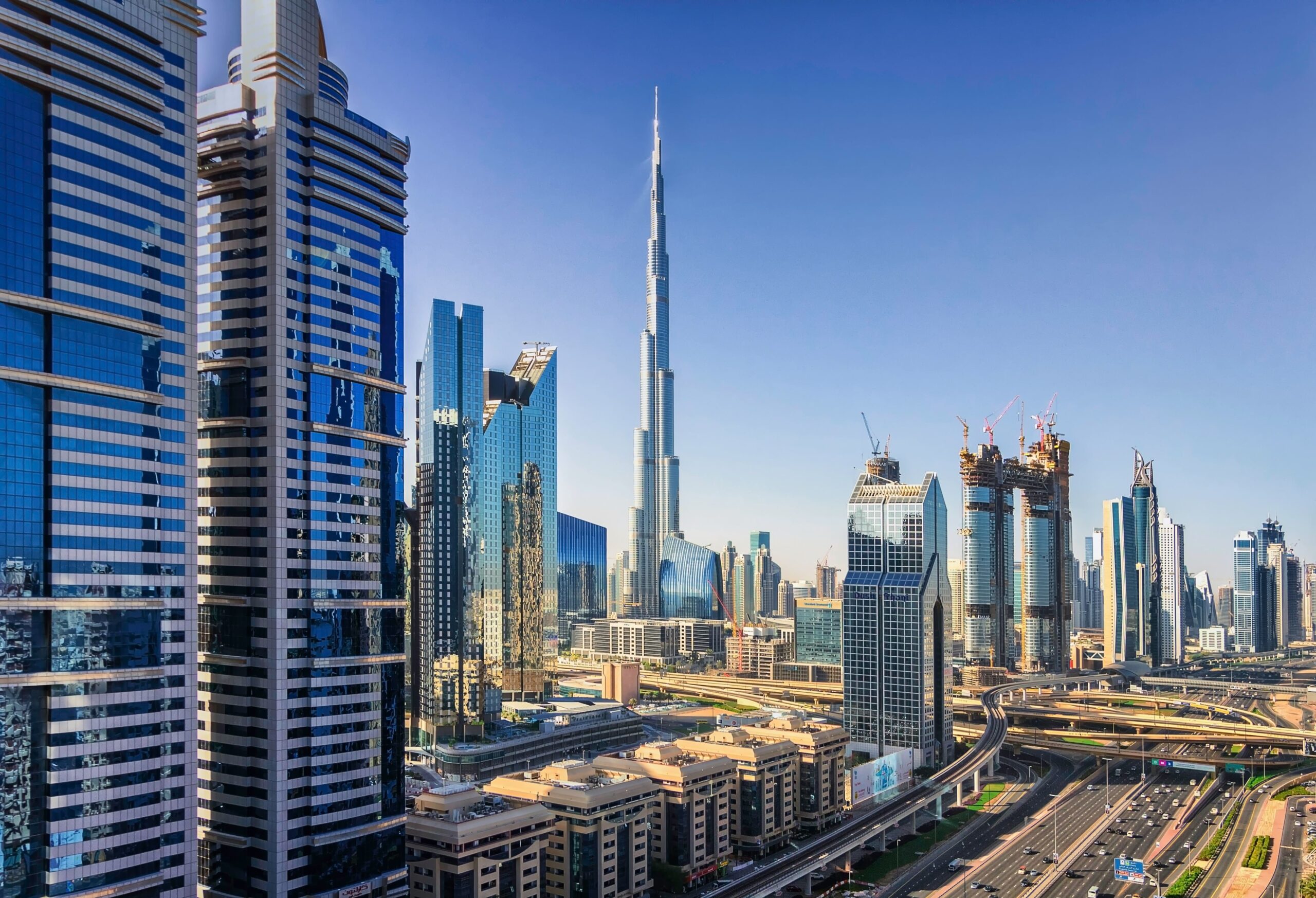
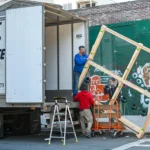


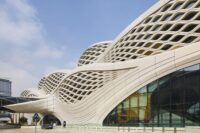
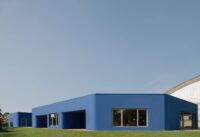


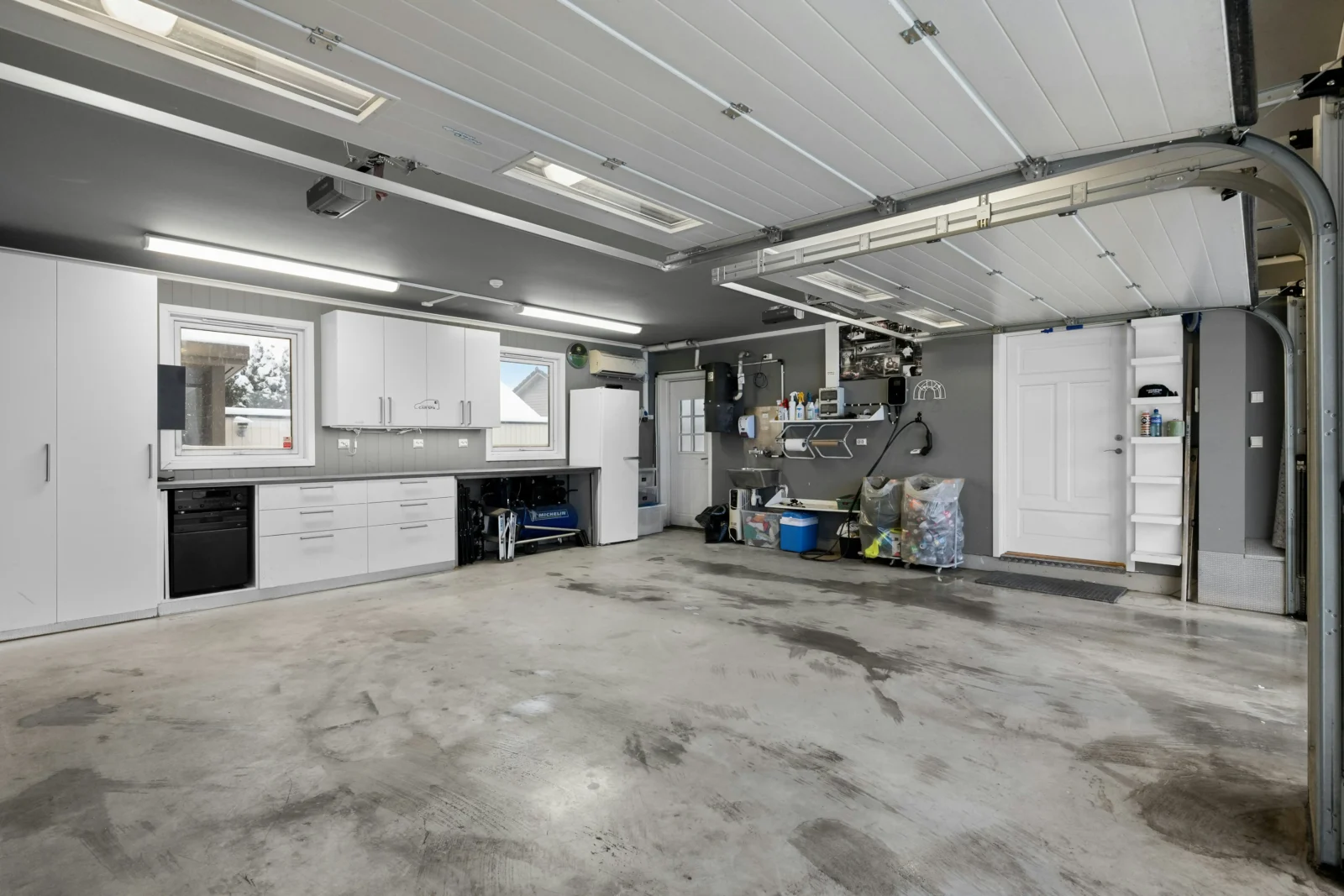

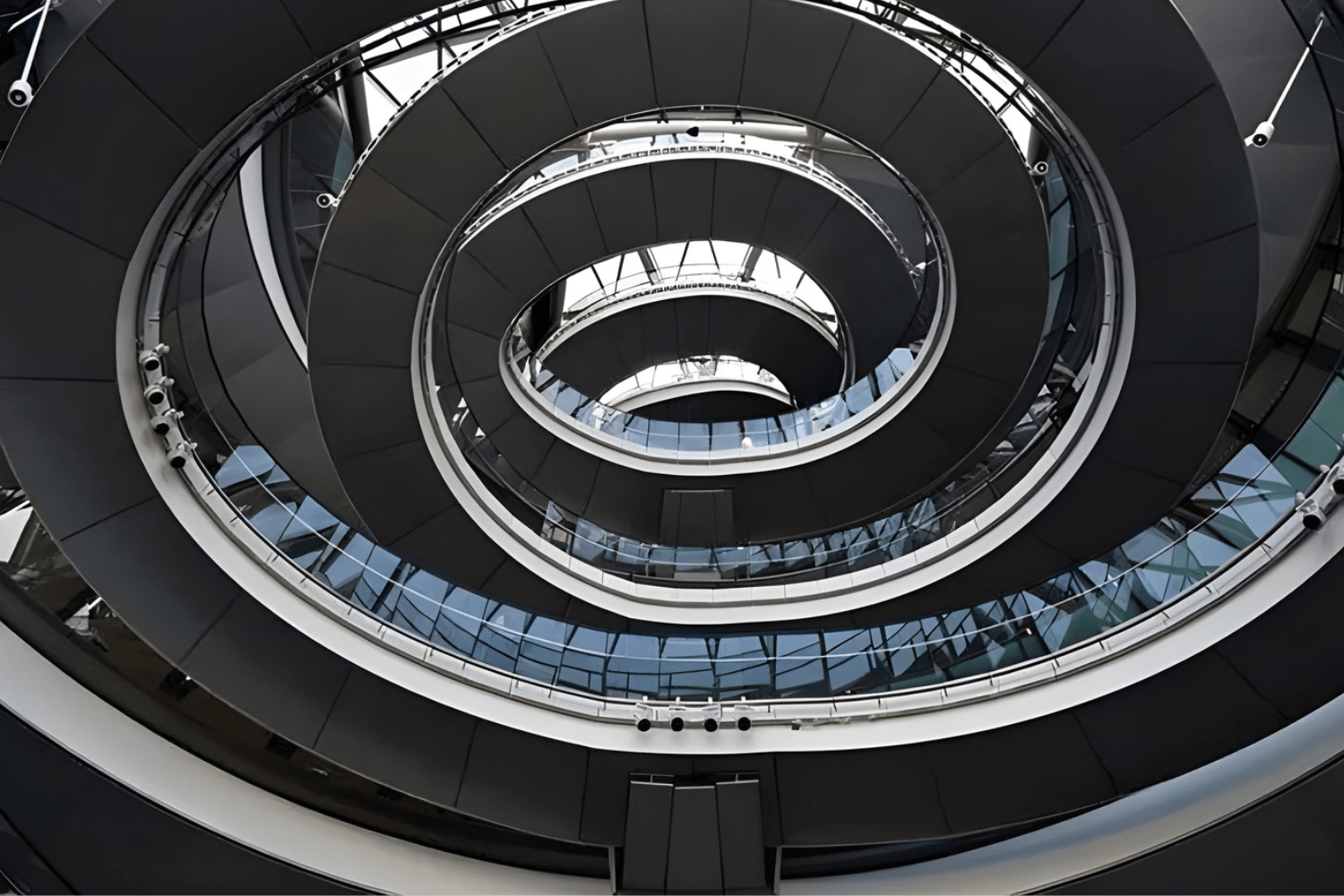
Leave a comment